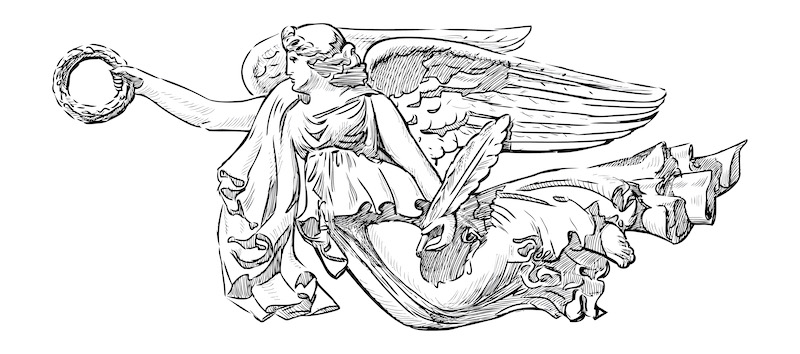 What a Behavioral Economist Can Teach Us About Writing
What a Behavioral Economist Can Teach Us About Writing
In this post, I’m going to blatantly steal the concept of two selves from Daniel Kahneman’s book Thinking Fast and Slow to explain our inner writing processes.
Thinking Fast and Slow by Daniel Kahneman is a wonderful introduction to the vagaries of human decision-making. The book outlines a fictional construct of two distinct mental systems that guide our decision-making:
- System 1 is the “thinking fast” system. It relies on gut feelings, shortcuts, habits, and heuristics to make decisions quickly. Sometimes it works well, but other times … not so much. For example, System 1 is terrible at assessing probability.
- System 2, the “slow” part of the title, manages the intentional thought processes that consume mental effort. System 2 is responsible for computing math problems or giving someone detailed driving directions.
We need both systems to survive in the modern world filled with choices constantly demanding attention. We use the quick System 1 to conserve mental energy for important decisions.
Problems come from using the wrong system at the wrong time — over-analyzing unimportant decisions or using mental short-cuts to respond to complex situations requiring thought and care.
This two-party model is so useful for analyzing human thought, I’ve decided to adapt it for the process of writing.
But, with apologies to any economists reading this post, we’ll use more interesting labels for our inner writing systems: the Muse and the Scribe.
The Muse and the Scribe
The act of writing involves a thousand small decisions: what to write about, which words to use, how to phrase things, and when to let go.
You have (at least) two inner writers in your head.
Sometimes you get a flash of insight or spurt of ideas, and you can barely get them down on paper before the thoughts dissipate. These mental processes seem beyond our intentional control.
The Muse maps to that intuitive and creative system – it’s the “writing fast” part of the process. The Muse comes up with ideas and inspiration.
The Greeks had nine muses for the different arts and sciences. I have just one.

The Muse sends us flashes of thought or phrases that drop into our brains. It typically skitters off quickly, leaving us to remember and write down the insights. When the Muse stays present during the drafting process, the ideas seem to flow straight from the brain into the world.
But most of the writer’s time is spent researching, structuring, carefully composing sentences, and revising.
The Scribe is my label for the deliberate, intentional mental processes involved in writing. In ancient times, scribes were the people who wrote things down. I like to imagine my inner Scribe slaving away in a scriptorium, copying manuscripts.
The work of the Scribe is typically slow and purposeful. It crafts grammatically correct sentences that readers can parse. The Scribe sets and abides by schedules, makes plans, and gets the words down. Without it, nothing gets done.
The magic of writing happens when the two parts work together – when we get good ideas and can make something from them, or when the Muse suggests an elegant turn of phrase while the Scribe is drafting. The best writing requires both systems.
Working with the Two-Part Model
Understand and respect the differences between the systems, and you’ll be on the path to better writing.
The Muse is creative, the Scribe is critical. The Muse is easily distracted, while the Scribe is focused. Clearly, these inner players need different environments and processes.
Understanding the dichotomy, you can call on the right system at the appropriate moment. For example:
- When you can’t come up with any good ideas, the problem isn’t a lack of creativity. Instead, you need to find ways to welcome and invite contributions from the Muse.
- When you get a great idea in the middle of the night, or in the shower, it’s a message from the Muse, who is finally getting a chance to say something while the Scribe is off the job.
- And when the writing goes beautifully, you’ve managed to get both systems working together. Congrats!
For more on the roles of the Muse and the Scribe, se the book The Writer’s Process: Getting Your Brain in Gear.
